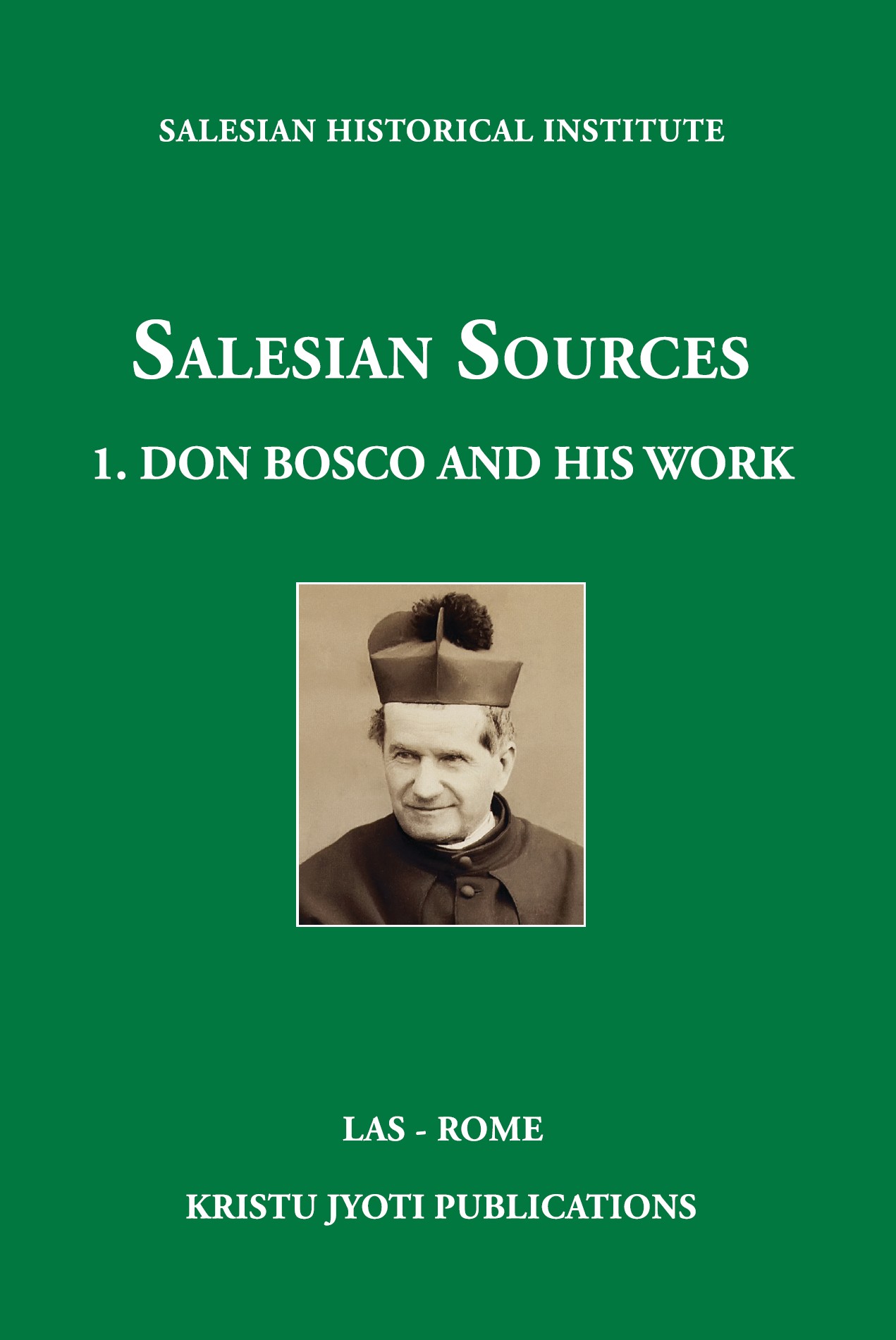Written over several occasions between 1873 and 1875, the manuscript of the Memoirs of the Oratory remained unpublished by Don Bosco’s explicit will. However Fr John Bonetti drew on it abundantly for his History of the Oratory of St Francis de Sales, (which found its way into English under a different title Don Bosco’s Early Apostolate) published as a series in the Salesian Bulletin between 1879 and1886. And Fr John Baptist Lemoyne included it in its entirety in the first volumes of the Biographical Memoirs, adding in other information and anecdotes drawn from other witnesses. The first complete edition of the Memoirs appeared in 1946. The decision to put the book in the public domain in its entirety was motivated by the universal dimension that the Saint has taken on, as Eugene Ceria wrote in the presentation: “Today Don Bosco has become part of history and also been listed among the saints.”
The text—which is an original testimony of events and also a reflection interpreting a lifetime and a charismatic vocation—has been of major importance. There are certain events in it that have taken on the role of symbolic events in the Salesian mission and method, such as the dream at nine years of age and the description of the encounter with Bartholomew Garelli. Through his recounting of all this the author presents his own educational model embodied in the attitudes of key individuals such as Mama Margaret, Fr Calosso, the teachers at the schools in Chieri, Fr Cafasso and Fr Borel. The Memoirs of the Oratory have contributed in a special and determining way to building up and affirming an image of Don Bosco and his characteristic features: the tenacious and enterprising young man, the lively leader amongst his young friends, the dreamer called to an extraordinary mission, the friend of youthful yearnings, the affectionate father who looks after his boys and opens up a way for their formation, the apostle enlightened from on high, creative, tenacious and a fighter.
But the document’s interest goes further still, because in it Don Bosco shows that he is inspired “by the primary concern of defining the meaning of an overall educational experience” and formulating “a programme of action” for his disciples. “Before being a story of the past … the Memoirs are the result of coherent reflection, ending up in a spirituality and pedagogy.” Thus the Memoirs become “a History of the Oratory which is more “theological” and pedagogical than real, perhaps the “theoretical” document which Don Bosco had long wanted to write.” This way it can be considered as ‘Memoirs of the future’ because Don Bosco uses it to show his intention of passing on his experience so it can become a “programme of life and action for those who would continue it.”
These purposes are explicitly suggested by the author in his introductory pages to guide the reading of the text in a specific direction: in recognition and interpretation of the past he links the birth of the oratory as an institution with his own spiritual journey. This is an experience of faith and openness to the movement of the Spirit which requires constant discernment. There is a range of attitudes, interior dispositions and choices posed as a charismatic norm for his disciples.
So reading this document, since it is in narrative form, would seem to be easy to interpret, but it requires a certain awareness if we are to understand the messages it is passing on. Right from the first lines Don Bosco’s narrative strategy guides readers along well-defined paths. He suggests both the general key for interpreting it—a providential history led directly by God for the “salvation” of the young— and a series of other indications opening up two fundamental possibilities for interpretation: the dynamics of the spiritual life and the model of the pastor and
educator.
Reference time period: 1815 – 1855
Salesian Historical Institute, Salesian Sources 1: Don Bosco and his work. Collected Works, LAS – Kristu Jyoti, Rome – Bangalore, 2017, 1323-1479.
Reference institution:
Istituto Storico Salesiano
